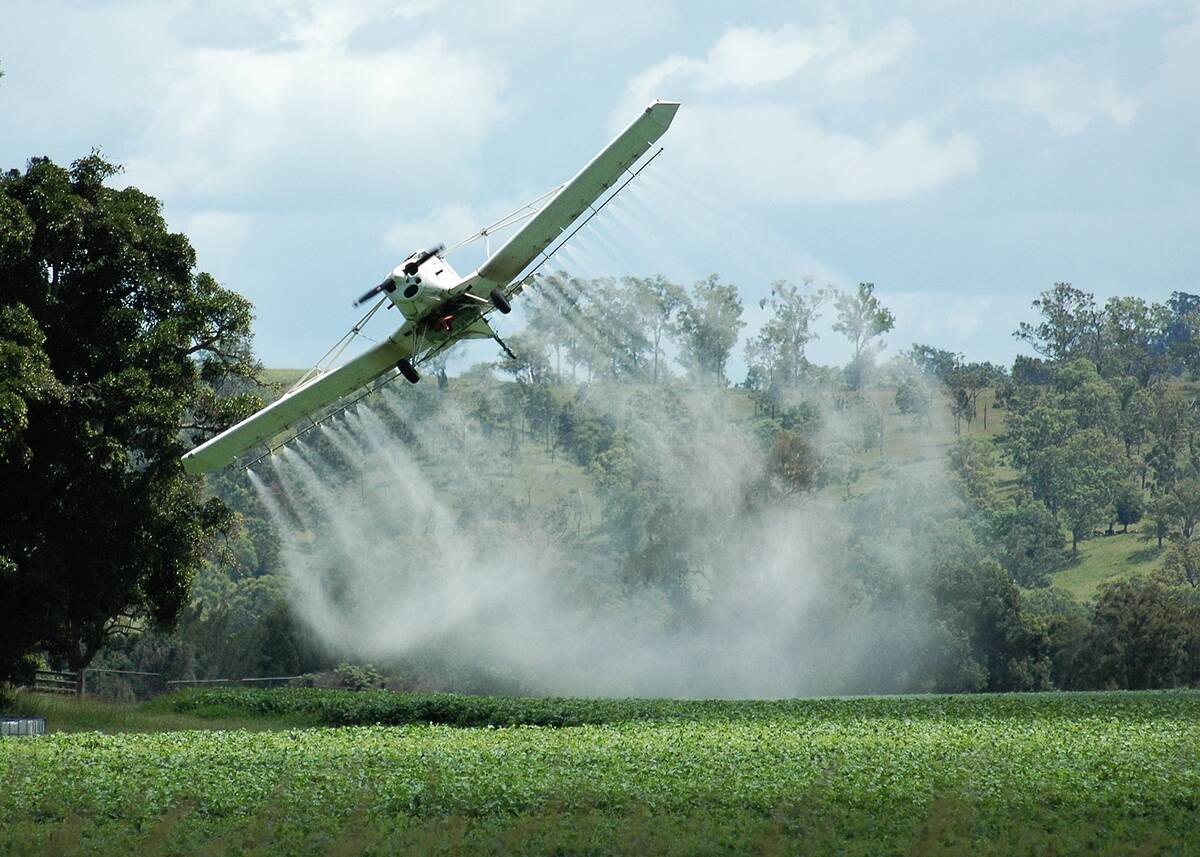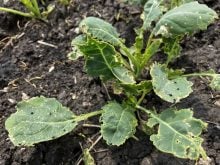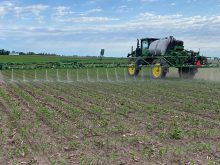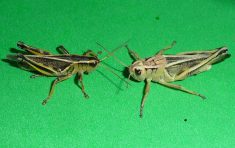A new mapping tool aimed at preventing spray damage to beehives and organic crops is now live in Alberta and Manitoba.
FieldWatch is a U.S.-based non-profit that runs DriftWatch, BeeCheck and FieldCheck — mapping tools designed to let farmers and pesticide applicators communicate about sensitive crop areas. Organic growers and beekeepers register locations voluntarily, and applicators check the maps before spraying.
It’s been available in Saskatchewan since 2012, and both Alberta and Manitoba launched the program this spring.
Read Also

Pakistan reopens its doors to Canadian canola
Pakistan reopens its doors to Canadian canola after a three-year hiatus.
The expansion was funded by a mix of industry groups, including CropLife Canada, Manitoba Organics, the Manitoba Beekeepers Association, the Alberta Beekeepers Commission and Organic Alberta. To make it easier for both provinces to sign on, FieldWatch allowed Alberta and Manitoba to split the program’s $24,500 startup fee.
“Accidental spray incidents are surprisingly common and can have significant financial and mental health impacts on organic farmers,” says Tracey Smith of Organic Alberta. “If organic farmland is accidentally sprayed, the land loses organic status for three years.”
Marika Dewar-Norosky, executive director of Manitoba Organics, knows that reality firsthand. Her farm lost certification after being mistakenly sprayed.
“It wasn’t a matter of drift in that case; it was mixed coordinates,” Dewar-Norosky says. “They had the wrong land description.”
FieldWatch’s platforms integrate with GPS software already used by aerial applicators. They overlay sensitive sites, such as organic fields, directly onto the applicator’s screen.
“So it would show my farm in bright red to say, this is a sensitive area,” Dewar-Norosky says.
The program’s success will depend on the buy-in from applicators, but Dewar-Norosky is optimistic. When she was building support for the project, she called every commercial applicator in Manitoba. She said the responses were overwhelmingly positive. She was even able to secure a corporate sponsorship from Western Canadian Aerial, based at Franklin, Man. That sponsorship helped foot the bill for the initial startup cost.
“Everyone’s really excited to be involved. No one wants to spray a beehive or organic acres.”
The program is aimed at commercial applicators, which on the Prairies mostly means aerial spraying. “If you’re spraying your own field, you already know if your neighbours are organic,” Dewar-Norosky says.
Bob Walters, CEO of FieldWatch, says label requirements often dictate when and where applicators can spray. In some cases, labels even require checking a local registry for beehives or sensitive crops.
Applicators don’t need to be registered to use the maps; anyone can view them. Walters says that ease of access is intentional, to avoid creating bureaucratic hurdles.
“But beyond the legal side of it, most applicators really do care,” he says. “I’ve met very few, whether on the ground or in the air, who aren’t concerned about someone else’s livelihood. They want to do the right thing.”
Beekeeper reluctance
Connie Phillips, executive director of the Alberta Beekeepers Commission, says the risk of drift is well known among her members, especially those servicing hybrid canola seed fields in the province’s south.
“Every year since I’ve worked for the commission, it has been inevitable that bees and workers get sprayed by aerial sprayers. Not on purpose, of course,” Phillips says.
She said beekeepers want to see better co-ordination with sprayers, but concerns around revealing hive locations run deep. “It’s going to be slow. They don’t want others to know where their bees are.”
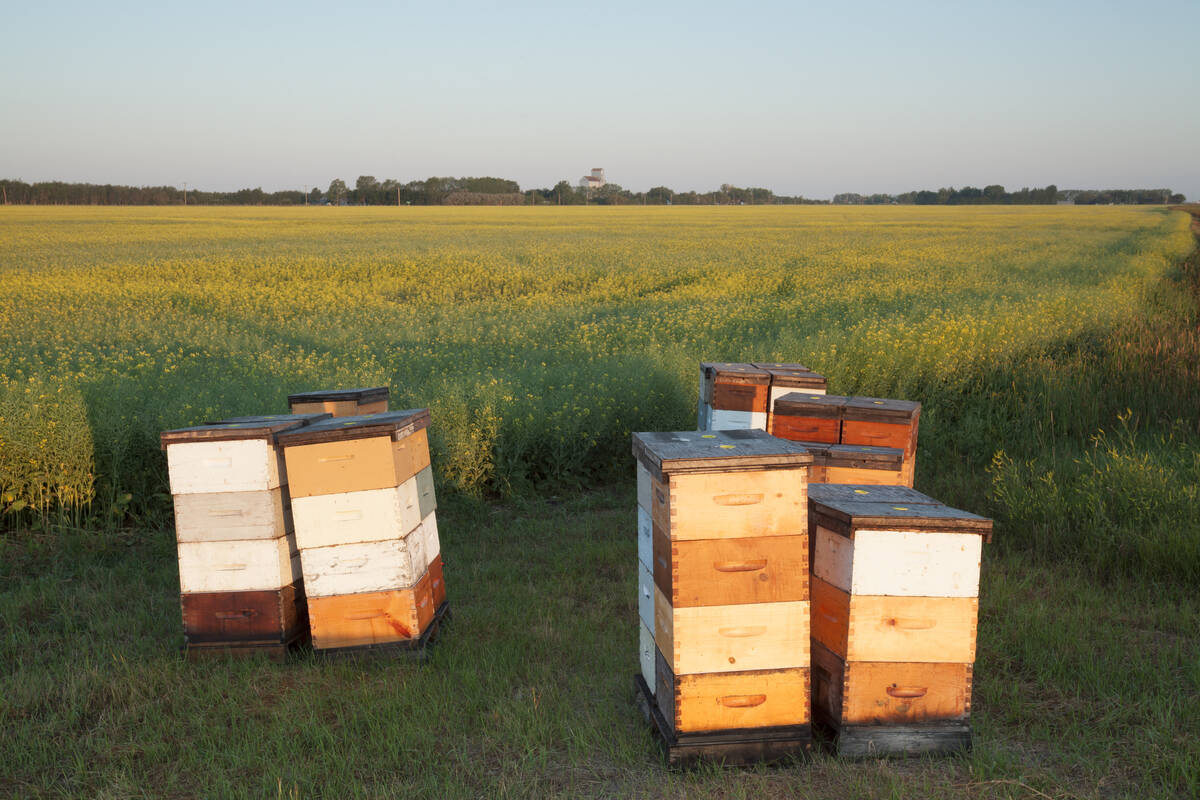
That reluctance is well known to Simon Lalonde, president of the Saskatchewan Beekeepers Development Corporation.
“You can zoom in and see exactly where all our bee yards are,” Lalonde says. “Some guys want to keep that private.”
The main concern is theft. But Lalonde says fears of theft are largely misplaced, citing just one example of hive theft in the last five years in Saskatchewan. That theft had nothing to do with FieldWatch; it turned out to be the beekeeper’s neighbour.
“The only person who steals a beehive is another beekeeper, and they already know where the yards are.”
Still, many beekeepers remain hesitant to join, and as a result, the Saskatchewan Beekeepers Development Corporation is seeing only 30-50 per cent uptake by beekeepers.
That low uptake is at least partially due to the government of Saskatchewan’s funding regulations. Unlike other provinces, where login-based privacy can be offered, Saskatchewan’s rules require the platform to be fully public. Lalonde believes that decision may have contributed to the slower uptake.
“If you give beekeepers a login and password and give applicators and sprayers their own login, then it would be better controlled. That might have convinced more people to sign up.”
Getting the word out
Walters grants that beekeepers’ reluctance to share their locations is a challenge across the entire network, but adds the painful truth is that secrecy increases the chance of being sprayed. However, the option to mark fields ‘private’ helps ease most of those concerns. In fact, Walters says, lack of awareness is probably a more significant barrier.
“No matter how hard we’ve tried and worked over the years — through the government, through the university, through associations — sometimes there’s just not an awareness that we even exist.”
Organizations in both Manitoba and Alberta are working to raise awareness, with outreach efforts ramping up now that the platform is officially live.
“Signing up is quick and easy if you have access to the internet,” Organic Alberta’s Smith says. “People without internet access can ask us for paper forms.”
Ultimately, the platform is about prevention, Walters says. Any time a chemical is sprayed, whether it’s in the backyard, or from a plane, that chemical can move.
“It’s that impact that we’re trying to minimize,” he says. “At the end of the day, it’s a communication tool — communicating what may be downwind or adjacent or nearby to where you’re spraying. It’s really an attempt to have people work together.”


